Table of Contents
Things to Know Before You Mow
Although millions of people every year use lawn mowers, they do present dangers if not used correctly. Lawn mowers are safe to use when they are maintained and used properly. According to the U.S. Consumer Products Safety Commission, more than 60,000 people are treated in emergency rooms with lawn mower related injuries. We recommend staying diligent and remembering lawn mower safety protocols.
Walk-Behind Mower
Walk-behind mowers is a category of equipment that includes push, self-propelled, batter powered, electric, and reel mowers. It’s important to review your mower safety manual if you are unsure of how to operate the equipment or have not done so in a long while.
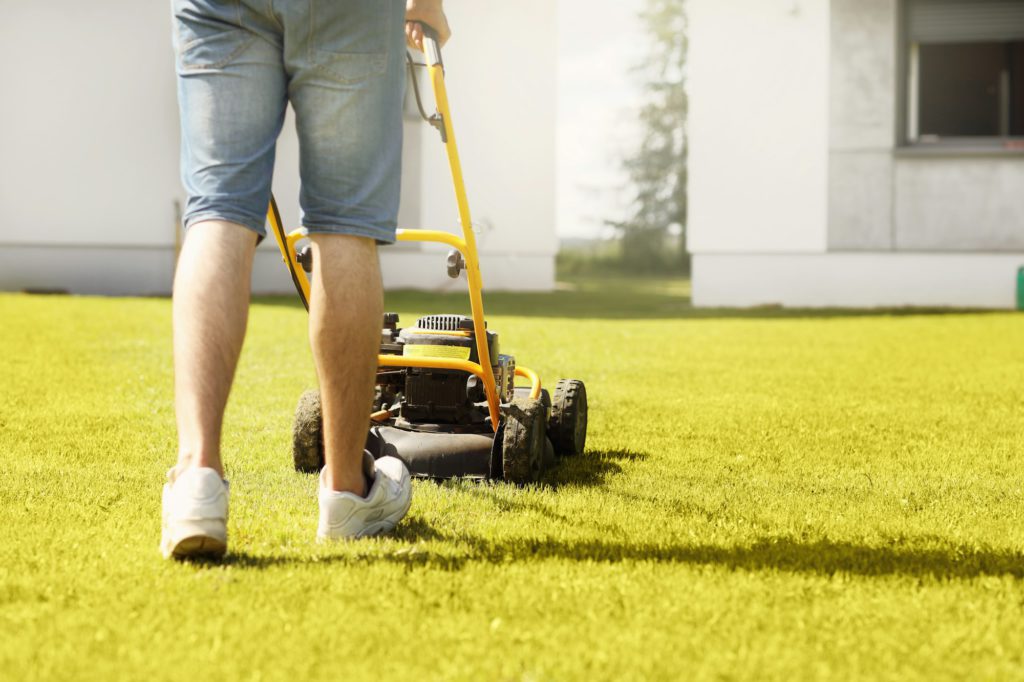
Mower Safety Tips
1. Keep all safety devices in place and working
This includes the discharge chute, trail shield, safety interlocks, etc. If any safety parts are damaged, replace them immediately. It’s important to remember that the mower safety features were installed for your safety and to reduce the risk of injury.
2. Disengage blade when not mowing
It’s important to disengage blades when not mowing. This includes crossing gravel or driveways and walkways. Disengaging the blades will actively avoid discharging material against a wall or obstruction. Material may ricochet, causing damage to yours or the customers property.
3. Clear the mowing area of foreign objects
Before starting work, check the lawn for any foreign objects that may be damaged or thrown by the blade. Thrown objects can cause personal injury or property damage.
4. Wear the proper footwear and clothing
Wear the right clothing and gear to protect yourself. Sturdy shoes with non-slip soles will prevent slipping and protect your feet from debris. Shirts and pants that cover the arms and legs will protect your skin from sun damage and debris while working.
5. Do not put hands or feet near or under the cutting deck of the mower
If the blade gets jammed or clogged, avoid putting your hands or feet near the blade. It’s better to use a stick or tool to clear the debris. Disengaged blades, while they’re not moving are still dangerous and can be very sharp.
It’s important to keep hands and feet clear from the deck while mowing as well. Contact with rotating blades can amputate fingers, hands, toes, and feet.
6. Know how to properly mow a slope
If the lawn has a slope, mow across the face of the slope, never up and down. Slopes are a major risk for slip and fall accidents. If the slope is greater than 15 degrees, avoid mowing it. It is safer to use a string trimmer or to consider a grass alternative in this area.
Riding Mower or Tractor
There are two types of riding lawn mower, a lawn tractor and a mower. A lawn tractor usually has a floating deck. This type will typically give a better quality of cut and is more comfortable to use as the deck will move a bit if you brush up against a tree. A riding lawn mower typically has a fixed deck, which is bolted directly to the frame. It’s important to read through the owner’s manual and familiarize yourself with the mower if unsure of how to operate it.
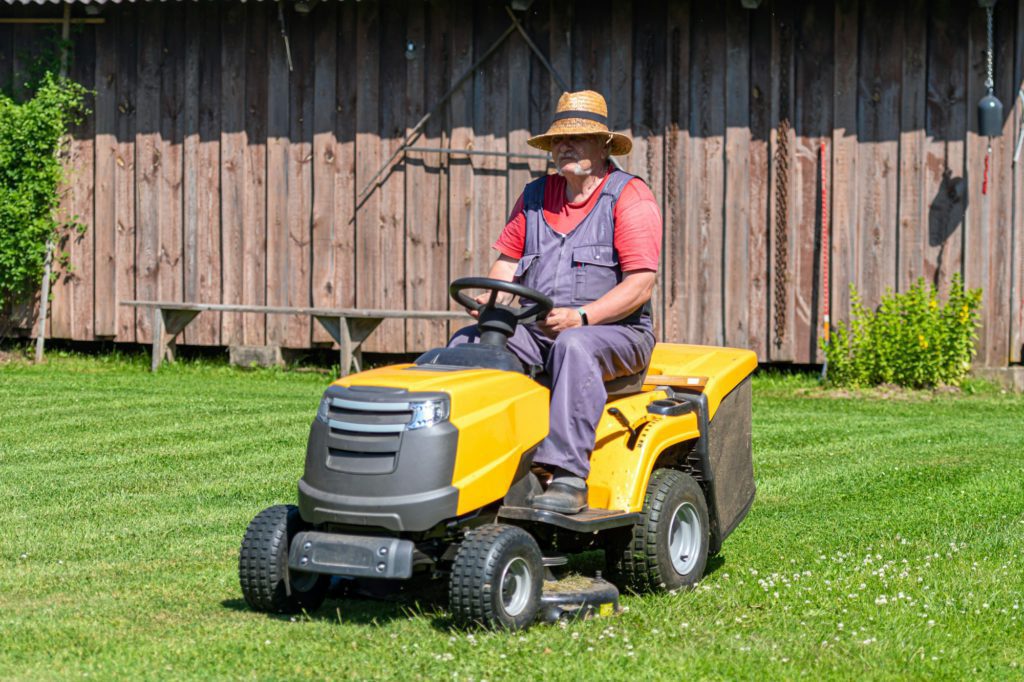
Mower Safety Tips
1. Identify stability and rollover hazards
Riding lawn mowers pose a larger risk of rollover accidents than walk-behind or zero-turn mowers. It’s important to be able to identify surfaces and terrains that can pose tip-over risks. These risks include wet surfaces, slopes, ledges, retaining walls, bodies of water, unprotected ditches, and culverts.
2. Never carry passengers
Riding mowers are one-person machines. This includes never carrying children passengers as well.
3. Avoid turning on a slope
Turning on a slope can increase the risk of a rollover and injury. It’s best to avoid turning on a slope unless absolutely necessary. A turn on a slope can be made by turning downhill slowly with the mower’s heavy end uphill.
4. Decrease speed when going down slopes or around corners
Any movements on slopes should be slow and gradual. Sudden changes in speed or direction can result in a rollover.
The Importance of Maintence
Properly maintaining your equipment is important for your safety and to prevent avoidable mechanical issues. Ideally, you should tune up your mower after every 25 hours of use or every three months, whichever comes first. A common maintenance to-do list includes changing the engine oil, changing the spark plug, cleaning the undercarriage, check fasteners and wheels, and sharpening the blade.
Following the recommended maintenance as directed, will keep your lawn mower in tip-top shape. Additionally, ensuring your blade is sharp will result in more efficient cutting and a better looking lawn. Dull blades create a ragged cut, turning the grass brown. You can view a quick guide on how to sharpen mower blades here.
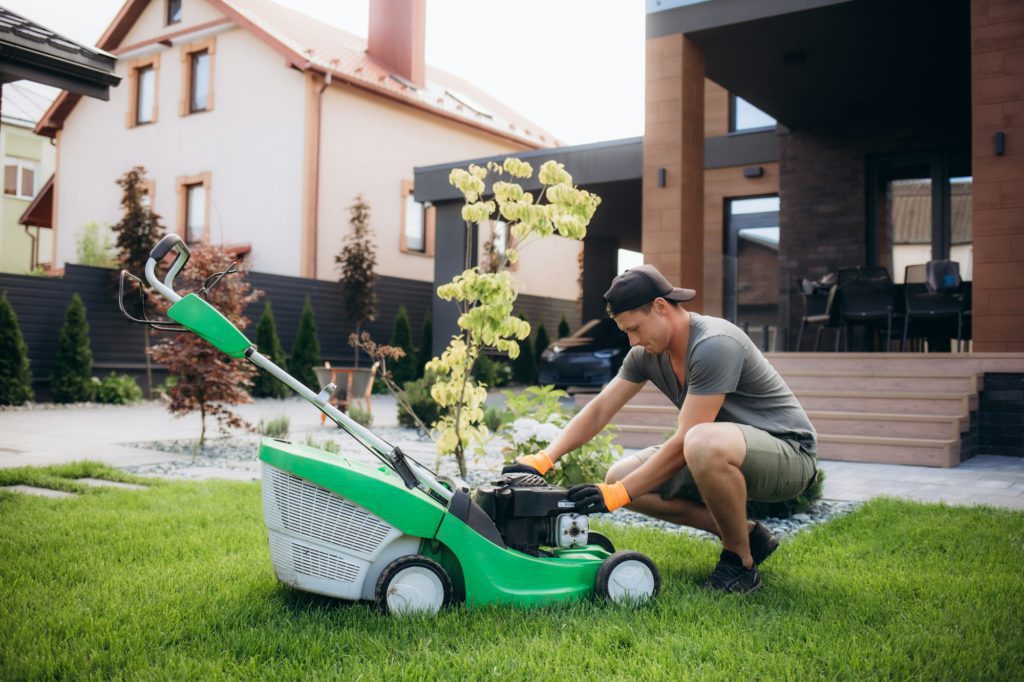
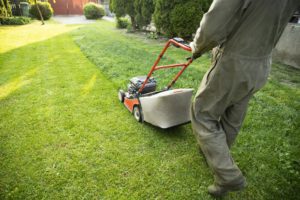
What’s the Best Height to Cut Grass Through the Year?
One of the most common mistakes we see on lawns isn’t overwatering, or even forgetting to fertilize, it’s mowing at the wrong height for the season. That “one setting fits

The Most Drought Tolerant Grass for Full Sun Lawns
When summer hits hard and rain is nowhere to be found, even the greenest lawns can turn to hay. Homeowners walk outside, shake their heads, and wonder how the neighbor’s
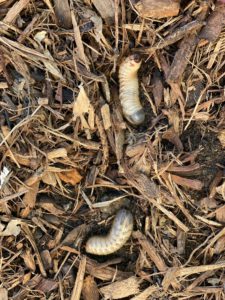
How to Best Treat Grub Infestations
A homeowners walks across the yard in late summer, noticing new patches of thinning, brown grass and noting the summer heat at the cause. What they don’t realize is that
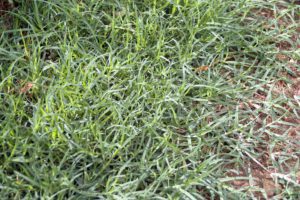
What Kind of Grass Grows in Florida?
It’s a late July afternoon, and you’ve just stepped barefoot onto your front lawn. The heat hits your skin, but your biggest concern is the patchy brown spots creeping across

How Long After Weed and Feed Can I Water?
It’s early Saturday morning. You’ve just spread weed and feed across the lawn, the kids are still asleep, and you’re wondering whether you should go ahead and set the sprinklers.

Bermuda Grass in Winter
You wake up one crisp December morning, glance out the window, and your once-green lawn has turned a dull tan. No patches, no dead spots, just uniformly brown. It looks





